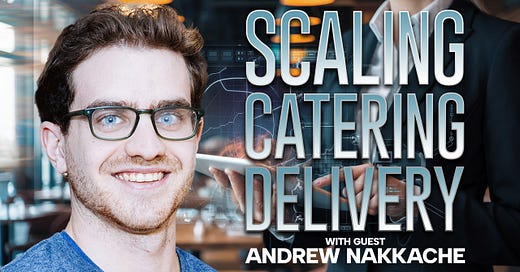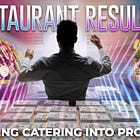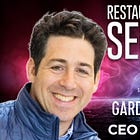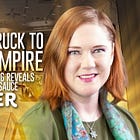Scaling Catering Delivery: Insights from FIRST's Andrew Nakkache
In a recent episode of The Catering Cage podcast, host Erle Dardick welcomed Andrew Nakkache, Co-founder and CEO of FIRST (YC W19), to discuss the complex landscape of catering delivery. With both host and guest sharing a passion for skiing, the conversation quickly moved to the challenges restaurant operators face when managing catering deliveries and how technology can help scale these operations.
Andrew shared FIRST's evolution from a delivery service to a technology company. Initially starting with 500 drivers handling 50,000 monthly deliveries, FIRST hit scaling challenges during a labor shortage. This pivotal moment led them to pivot from operating their own fleet to creating a network of delivery providers, positioning themselves as a technology solution. Today, FIRST offers a tablet-based "Delivery Display System" (DDS) that enables restaurants to easily assign deliveries to their own drivers or external providers.
The conversation highlighted how catering delivery differs from regular food delivery. As Andrew pointed out, "Catering delivery is [where] the stakes are much higher...you can either be 10 minutes early or 10 minutes late. If you're outside of that window, you're either too early or too late." Unlike standard delivery where a mistake might cost tens or hundreds of dollars, catering errors can cost thousands and potentially damage lucrative long-term relationships.
Sponsored by:
For restaurants looking to scale their catering operations, Andrew recommended their solution particularly for those handling five or more catering deliveries per store daily. At this volume, operations become significantly more complex, requiring multiple fleet options to "quickly adjust on the fly and preserve that customer experience" when issues arise. The discussion emphasized the importance of advanced planning, submitting delivery requests at least 24 hours in advance when possible, and maintaining clear labeling systems to minimize risks.
Both Erle and Andrew agreed on the value of a hybrid delivery model, where restaurants handle their highest-value orders personally while leveraging delivery partners for standard orders. This approach allows operators to maintain control over their most important customer relationships while still scaling efficiently. As Erle noted, when a $5,000 order comes in, "the CEO of the brand should call that customer" to build the relationship rather than focusing solely on the next sales pitch.
The conversation concluded with advice for restaurant operators navigating today's challenging economic environment. Andrew emphasized menu consolidation as a key strategy: "The biggest piece of advice...is I would try to consolidate your menu as much as you can because the kitchen logistics are as challenging, if not more challenging, than the delivery logistics." Understanding prep times and optimizing what can be produced efficiently with minimal staff has become crucial for restaurants looking to maintain quality while managing rising costs.










